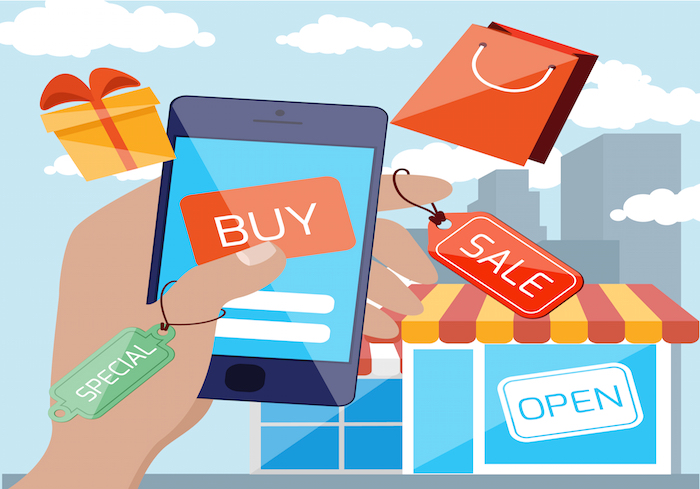
When the Tampa Bay Buccaneers closed out the 2014-15 NFL season with a 2-14 record, the only reason that fans were cheering was because that less than stellar record afforded them with a pretty coveted consolation prize: the first round pick of the 2015 NFL Draft.
So, on April 30, the Bucs, for the first time in 27 years, were the first on the clock to make their pick. So when the team selected Florida State quarterback, National Champion and Heisman Trophy winner Jameis Winston, how did the team and fans celebrate?
By signing onto Twitter … and purchasing Winston’s jersey.
That’s because the Bucs became one of the first to use Twitter’s new Buy Button, an easy way for shoppers to purchase items directly from tweets.
The Tampa Bay Buccaneers are just one example of how the Twitter Buy Button has helped Twitter monetize its role on the changing consumer path to purchase.
Clearly, many users use Twitter as both a news source and as a way to engage with what they see tweeted out by those they follow. But Twitter’s Buy Button takes the interaction one step further by tapping into that passion for a brand and urge to succumb to one of retail’s oldest tricks in the book – impulse buying. In the era of one-click checkouts, the ability to buy anywhere in-store and a world that is heavily dependent on mobile devices for brand and product discovery, it is no surprise that consumers want to purchase in an instant. But the Buy Button is not just a win for consumers, it also is a win for brands, because data show that Twitter users have bigger budgets and buy more often than non-users, according to recent Twitter-commissioned studies.
In one of those studies, Twitter users said they planned to spend more than 20 percent more than non-users over the next six months. Sure, talk is cheap, you are saying — but helping to make an even stronger argument for the Buy Button is the fact that Twitter users also said that many of these purchases were made online — a channel they also use a lot. Twitter users shopped online 6.9 times a month, while non-users shopped online just 4.3 times a month.
So, while Twitter has traditionally been used by brands as an outlet to push out company news and updates, Twitter is now angling for a place at the table to help brands understand how to use its platform to become a virtual shopping mall connecting those passionate, online loving shoppers with brands that cannot wait to tempt them.
But what if a retailer doesn’t have the je ne sais quoi of a first round NFL Draft pick?
Well, then hopefully they have a penchant for using new technologies and channels to engage with consumers.
In a recent interview, JJ Hirschle, Director of Retail at Twitter, spoke of Twitter’s evolution in helping brands think of it as a retail channel, explaining that “with any product it’s fair to say there are going to be challenges around integration and adoption.” JJ, who previously spent nine years at Google, said he learned during his time at the search giant it does take time for retail clients to adjust to the learning curve that it takes to understand the product. But, he said, once the brands get on board, they can open themselves up to even more opportunities to engage with their customers.
Plus, he thinks the “most exciting thing” about Twitter’s new Buy Button is the idea that retailers can take advantage of the impulse nature of the Twitter platform.
Something that you don’t need a first round draft pick to capitalize upon.
JJ Hirschle, Director of Retail at Twitter, will lead a discussion of Twitter’s Buy Button strategy and impact during the “Fifty Shades of Engagement” discussion taking place at Retail Reinvention in Chicago on Aug. 4-5.
For more information, click here.